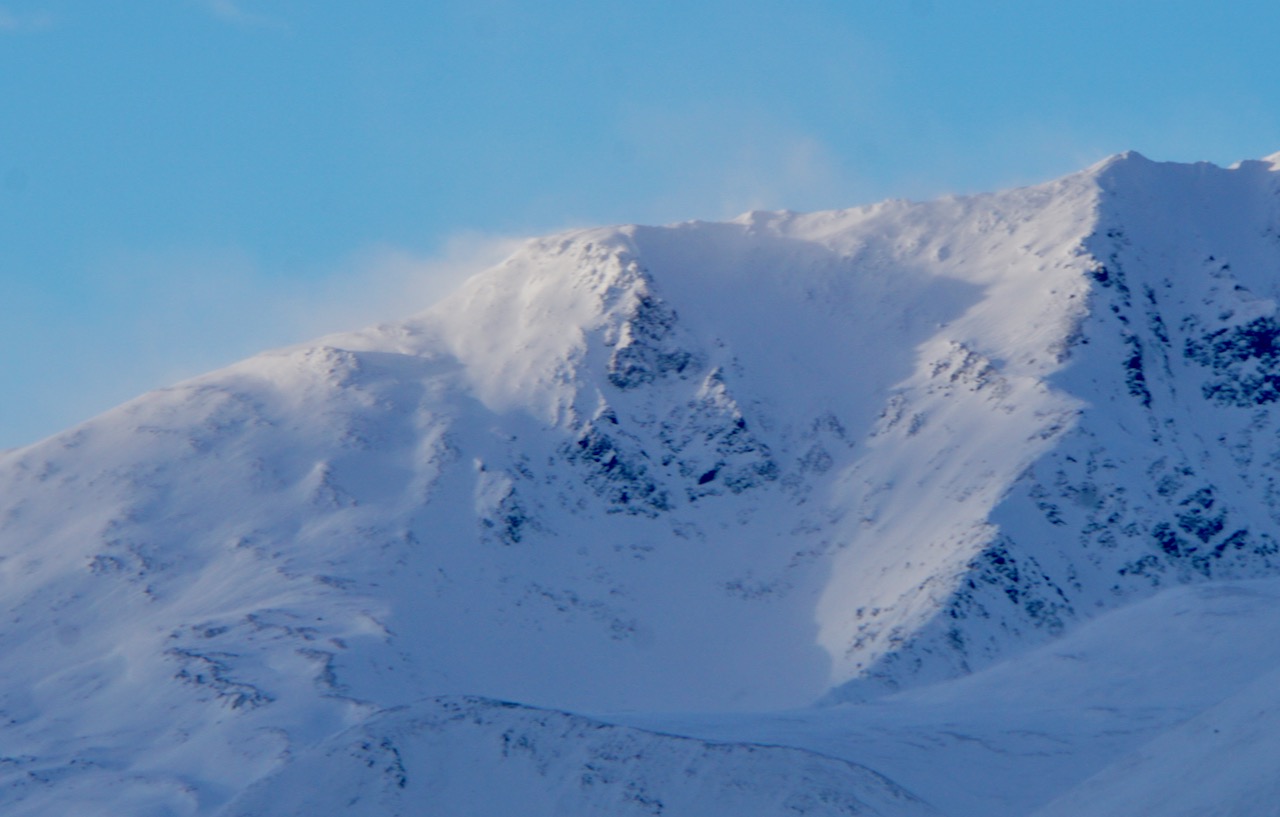Turnagain Pass
|
|
The avalanche danger is CONSIDERABLE above 2500′. Fresh wind slabs 1-2′ deep created by NW outflow winds are likely for a person to trigger and possible for natural avalanches. With very light snow on the surface, it will not take very strong winds to transport the snow and build fresh wind slabs. Common areas to find wind slabs are along ridgelines, convex features, and cross loaded gullies. Larger avalanches up to 2-4′ deep are possible on a layer of sugary facets on the ground.
Between 1000′ and 2500′ the avalanche danger is MODERATE. At the upper end of this elevation band the conditions may be more similar to the alpine, so be on the lookout for active wind transport and areas that the winds over the past 24 hours could have created wind slabs. Below 1000′ the avalanche danger is LOW.
Hatcher Pass: Check out the forecast for Hatcher Pass if you are headed to the Talkeetna’s
New this season: we are adding the avalanche problem rose to our icons. We’ve posted a quick guide on how to use it (and its limitations) HERE.


